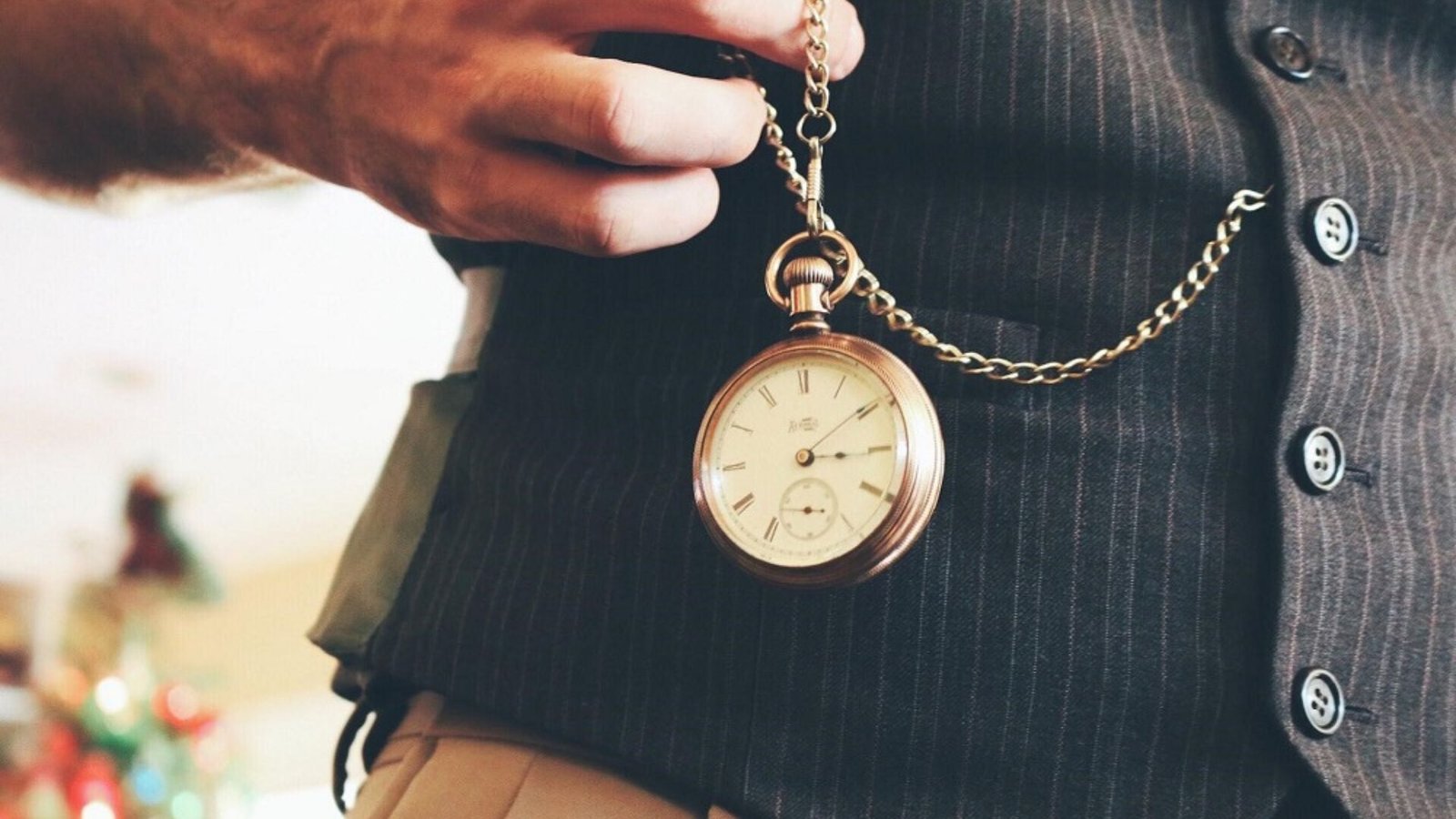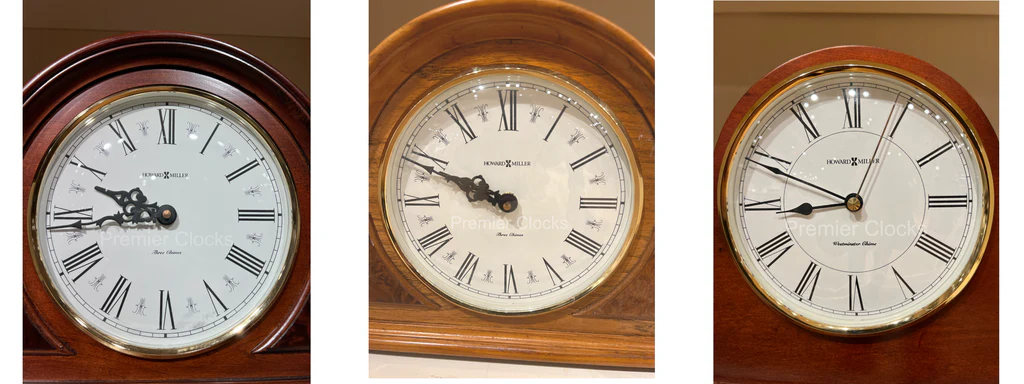Clock design has evolved dramatically over the centuries, reflecting advancements in technology, changes in aesthetic preferences, and the growing complexity of timekeeping. This journey through the ages highlights key innovations and styles that have defined the evolution of clock design.

Ancient Timekeeping Devices
Sundials (Ancient Egypt and Greece)
- Overview: Sundials were among the earliest timekeeping devices, using the position of the sun’s shadow to indicate the time of day.
- Design: Simple in construction, they featured a flat plate with hour lines and a gnomon (a stick or triangular blade) that cast a shadow on these lines.
- Impact: Sundials introduced the concept of dividing the day into hours and influenced subsequent timekeeping methods.
Water Clocks (Clepsydras) (Ancient China and Greece)
- Overview: Water clocks measured time through the flow of water from one container to another.
- Design: These clocks often featured a graduated scale to measure the water level, with some designs incorporating complex gearing.
- Impact: Water clocks provided a more consistent measure of time compared to sundials, regardless of sunlight.
Medieval Mechanical Clocks
Early Mechanical Clocks (14th Century Europe)
- Overview: Mechanical clocks began appearing in medieval European monasteries, featuring complex gear systems.
- Design: These clocks used weights and escapements to regulate time. Their design was driven by the need for accurate timekeeping for religious observance.
- Impact: Mechanical clocks marked the beginning of precise timekeeping and influenced future clock designs.
Astronomical Clocks (15th Century Europe)
- Overview: Astronomical clocks, such as the one in Prague, included elaborate mechanisms to display celestial events and positions.
- Design: These clocks combined timekeeping with astronomical functions, including indicators for the phases of the moon and planetary movements.
- Impact: They demonstrated the integration of timekeeping with scientific understanding of astronomy.
17th Century Innovations
Pendulum Clocks (Christiaan Huygens, 1656)
- Overview: The pendulum clock, invented by Christiaan Huygens, revolutionized timekeeping with its unprecedented accuracy.
- Design: Utilized a swinging pendulum to regulate the clock’s mechanism, dramatically improving precision.
- Impact: This innovation became the standard for accurate timekeeping for centuries and influenced the design of subsequent clocks.
Grandfather Clocks (Late 17th Century)
- Overview: Also known as longcase clocks, grandfather clocks became popular in homes and public buildings.
- Design: Characterized by a tall case that housed the clock mechanism and pendulum, often featuring intricate carvings and designs.
- Impact: These clocks combined functionality with decorative craftsmanship, becoming a symbol of status and sophistication.
19th Century Advances
Pocket Watches (Early 19th Century)
- Overview: Pocket watches became a popular personal timekeeping device, reflecting advances in miniature clockwork technology.
- Design: Compact and portable, pocket watches featured complex mechanisms housed in decorative cases.
- Impact: They made timekeeping more personal and accessible, influencing the design of wristwatches later on.
Railway Clocks (Mid 19th Century)
- Overview: Railway clocks were designed to standardize time for train schedules and ensure punctuality.
- Design: Featured large, easy-to-read faces and robust mechanisms to withstand the demands of railway stations.
- Impact: They contributed to the development of standardized time zones and improved timekeeping accuracy in transportation.
20th Century Modernization
Electric Clocks (Early 20th Century)
- Overview: Electric clocks used electrical power to drive the clock mechanism, eliminating the need for winding.
- Design: Featured simple, streamlined designs with an emphasis on functionality and accuracy.
- Impact: Electric clocks made timekeeping more convenient and reliable, influencing the design of later timekeeping devices.
Quartz Clocks (1960s)
- Overview: Quartz clocks use the vibrations of quartz crystals to regulate time, offering high precision.
- Design: Typically featured digital or analog displays with a minimalist aesthetic.
- Impact: Quartz technology revolutionized timekeeping, making it affordable and widely accessible.
21st Century Innovations
Smart Clocks (21st Century)
- Overview: Modern smart clocks integrate digital technology, offering features like connectivity, alarms, and notifications.
- Design: Combine traditional clock aesthetics with digital displays and interactive features.
- Impact: They represent the convergence of timekeeping with modern technology, offering multifunctional devices that fit into contemporary lifestyles.
Conclusion
The evolution of clock design reflects humanity’s quest for accuracy and innovation in timekeeping. From ancient sundials to modern smart clocks, each advancement has built on the past, shaping our understanding and management of time. As technology continues to advance, clock design will undoubtedly evolve further, continuing to blend functionality with creativity.




Look, we all have our interests. If you’re looking for… *certain* content, rule34xxx might have what you’re after. Use with caution, folks.
Alright, so gachoic1 seems to be all about cockfighting. Not my cup of tea personally, but if you’re into that, it looks like this site covers it. Check it out if you dare: gachoic1
Der 50%-Bonus bietet eine solide Möglichkeit für
Spieler, ihre Einzahlungen zu erhöhen, mit einer fairen Mindesteinzahlung von 40 € und einem attraktiven maximalen Bonusbetrag von 400
€. Der Willkommensbonus beträgt 150% auf die Einzahlung
plus 50 Freispiele. Spieler aus Deutschland können legal und legal im Casino spielen, ohne befürchten zu müssen, betrogen zu werden.
Die Tischspieleauswahl bei Sol Casino ist sehr umfangreich und bietet eine Vielzahl an Spielvarianten. Unsere Vielfalt an Boni und Promotionen garantiert dir eine ständige Abwechslung und einen stetigen Anreiz, weiterzuspielen. Hier findest du eine der umfangreichsten Sammlungen an Spielautomaten und Tischspielen, einschließlich Live-Spielen und virtuellen Wetten. Alle
Glücksspiele sind für Kinder sowie Jugendliche unter 18 Jahren verboten. Da es sich bei Sol Casino on top um ein Hybrides-Portal handelt, das auch Sportwetten anbietet, gehört sicherlich das Angebot
des Sol Casinos zu den besten Online Casinos Deutschlands 2025.
Die Website verfügt auch über eine hilfreiche FAQ-Seite, auf der Sie Antworten auf die meisten Fragen finden, die Sie
möglicherweise haben, sodass Sie sich möglicherweise überhaupt nicht mehr an den Support wenden müssen.
Dort erhalten Sie umgehend Unterstützung von einem der dortigen professionellen Kundensupport-Mitarbeiter.
Der Mindesteinzahlungsbetrag beträgt 10 € bei FIAT-Währungen und 5 € für
Kryptowährungen. In diesem Bereich können Sie eine ganze Menge der besten und
neuen Slots der Branche vorfinden, und zwar u.a.
References:
https://online-spielhallen.de/druckgluck-casino-aktionscodes-dein-schlussel-zu-besseren-spielerlebnissen/
At the Country Club Casino, blackjack bet minimums begin at $5 per
hand and go up to $100 (and far higher in the VIP gaming rooms, too).
The Wrest Point Hotel Casino also features pontoon tables –
a variation of blackjack that is played with a deck of 48 cards, with all the 10-valued playing cards removed.
Wrest Point also features blackjack tournaments that follow a
three elimination rounds then a final table round format, over one full day.
Tasmania is home to two licensed land based casino venues – the Wrest
Point Hotel Casino in Hobart and the Country Club Casino in Launceston.
Indulge in a cocktail-inspired experience featuring almond
& brandy financier, coconut Malibu barrel, and more
— all beautifully presented in a birdcage. The casino supports
major credit/debit cards, bank transfers, e-wallets like PayPal and Skrill, as well
as prepaid cards. It’s available for all new players upon registration and first deposit.
Additionally, we collaborate with professional organizations to support individuals affected by problem gambling and ensure a safe
and healthy gaming environment for all.
References:
https://blackcoin.co/woolworths-canterbury-street-casino-nsw/
When selecting an online casino, it’s essential to consider the types of promotions available.
This helps us make sure every platform we show is one of the
top online casino Australia sites.
Wondering where your next favourite place to gamble online for real money might be?
Trustworthy casinos are regularly audited by independent third parties to confirm the fairness of their games.
These offers typically provide bonus cash or free spins simply for registering an account, giving players an opportunity
to sample the casino’s games and potentially win real
money without making a deposit. Welcome bonuses are a common offering at online casinos, providing players with online casino bonuses such as bonus funds or free spins upon making their first deposit.
At Casino Buddies, we want to help you find the best real money
online casinos where you can play these games safely and securely.